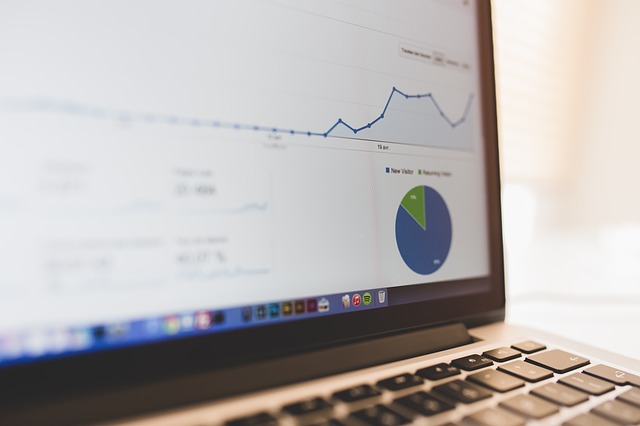Did I just describe your social media program?
If your answer is yes, congratulations. You’ve made it to the 2nd phase of social media participation. Think of it as brand maintenance. You’re ahead of many B2B companies and right in there with > 80% of those companies that have organized LinkedIn programs.
Here’s some reality: you’re not going to generate many leads this way, and you’re missing a big opportunity–especially on LinkedIn.
Why brand maintenance doesn’t generate leads
There’s a faulty assumption in the planning and implementation of programs, like the one I describe above. These brand maintenance programs assume viable new business prospects and influencers are so interested in what you’re doing they’ll actively look for your stuff among the jillions of status updates and blog article group postings they face every time they log onto LinkedIn.
In most cases, unless you already have an enormous following and probably don’t need a social media lead generation program, this just isn’t true.
In reality, if you want to connect with qualified potential customers or clients, strategic partners, industry influencers, or the media and generate offline conversations for your business development or sales team, you’re going to have to work a little harder.
What’s missing from LinkedIn programs
Most B2B LinkedIn programs don’t generate leads because they’re too passive and lack key components that lead to real results. Take a look at any truly successful LinkedIn demand generation program. Here’s a list of the critical elements you’ll find.
- Just like any other marketing program, a productive LinkedIn program needs a strategy and a plan for execution. This strategy includes measurable, sales-supporting goals and objectives, an understanding of who you are targeting with this program, identification of a LinkedIn team (marketing, sales, subject matter experts, executives), positioning and messaging and a method of evaluating program performance.
- With greater than 450 million members, there is simply too much noise on LinkedIn to sit back and hope buyers find your status updates. Instead, you need to locate your target audience and reach out often–with connection invitations, one-on-one messages and group communication.
- Nurturing/development: Just like in the non-LinkedIn world, the vast majority of potential buyers are not yet ready for a conversation when they first engage with you. And, just like in the non-LinkedIn world, a vast majority of those people are going to buy eventually. It will be from the people who stay in touch in a non-annoying, helpful way. To be effective from a sales and marketing perspective, a LinkedIn program needs a prospect development component.
- Hands-off: Relationships can be established and grown on LinkedIn, but this is not where the sale is finalized. The ultimate goal of a good LinkedIn program is to move the relationship off of LinkedIn and into your marketing funnel or onto the call calendar of your sales people.
Back to brand maintenance
This is not to say that brand maintenance programs don’t have value. Every company should have one. If a prospect does come looking for you, they’ll find professional-looking pages, indications of active participation, and lots of employees represented on the network. This is good because prospects will check you out at various stages of the buying process and these are things they’ll be looking for.
Just don’t wait around to count the leads.
Forward to lead generation
I’ll say it again. In today’s highly competitive marketplace, it’s simply not aggressive enough to sit back and wait for prospects to find and read your status updates. Marketers and sales reps who are willing to push their programs to actively tap into the LinkedIn network will find it to be a tremendous source of the highest quality leads.





